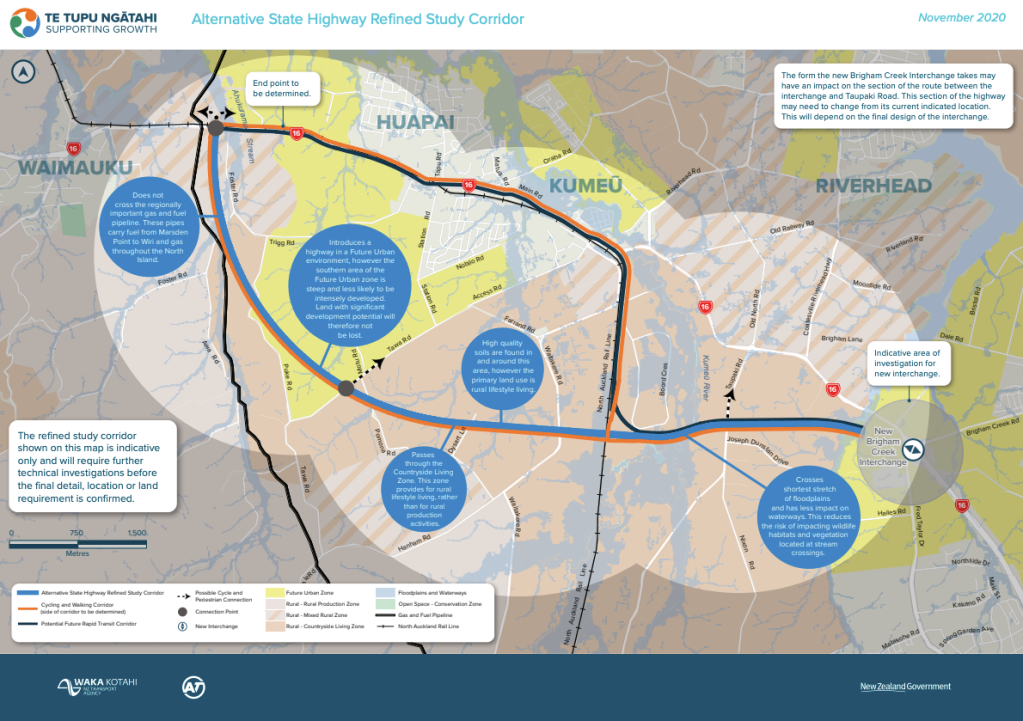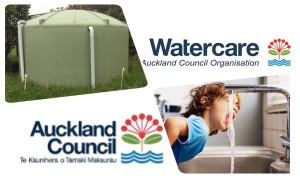Local Board Update December 2020
As 2020 draws to a close many will be drawing a sigh of relief, it’s been a difficult year and no doubt everyone is looking forward to a ‘vanilla’ 2021!
For Auckland Council the budget challenges continue with predictions of further shortfalls in income to the tune of hundreds of millions of dollars. Council relies of 60% of its income from non-rates sources and Councillors are going to be grappling with some very tough decisions next year following public consultation on the Annual Budget and refresh of the 10 Year Plan.
Over the last week there has been discussion about ‘rural representation’ for Rodney and a suggestion from our Councillor and the North Action Group (NAG) that boundaries should be changed for the Rodney Local Board subdivisions to enable better representation of rural issues.
This comes at an odd time, not only is Council battling unprecedented budget issues due to COVID19 but a Auckland wide review of boundaries was completed last year and none of the suggested changes were raised then.
Currently only one Local Board member lives in an urban area (Warkworth), with the rest of us living in rural areas. I live in Muriwai, which could be described as a rural township but we have no water or sewerage services, Vicki Kenny lives in Wharepapa on a gravel road, Danielle Hancock lives in Kaukapakapa, again on a gravel road, and Brent Bailey lives in Waimauku on a large rural property.
The Local Board has always been a strong advocate of rural issues such as maintenance and sealing of gravel roads because not only do we understand these issues firsthand, but we’re engaged with the community we represent. Having just signed off the fourth Local Board Plan since 2010 it clearly contains strong advocacy for our huge rural area.
There is always a balance to be struck between our rapidly growing urban towns and the needs of rural communities and we continue to debate and cooperate on these as a Board to ensure facilities and assets we manage on your behalf are fairly distributed and funded.
The main objections from NAG are around issues like road sealing which unfortunately the Local Board has no direct control over as Councillors (the Governing Body of Auckland) are the ones who decide how much money is allocated to this. Our Councillor lives in a fully urban area on the North Shore but no one would suggest he hasn’t been a vocal advocate for rural issues. That suggests it is not about electoral boundaries or where people live, but whether they are engaged with the communities they represent.
The Rodney Local Board has achieved much over the last 10 years and continues to be a voice for the grassroots in our community. We are proud to be part of a team of nine that enables your voices to be heard, and the team that represents this area have worked hard to ensure we are focusing on core business and delivering for the district. We’re all looking forward to continuing this work in 2021.
We hope everyone has a relaxing and safe Christmas.
Phelan Pirrie. Chair, Rodney Local Board. 021844124. phelan.pirrie@aucklandcouncil.govt.nz
Danielle Hancock. Rodney Local Board Member. 0211959826. danielle.hancock@aucklandcouncil.govt.nz
Brent Bailey. Rodney Local Board Member. 021730892. brent.bailey@aucklandcouncil.govt.nz
Vicki Kenny. Rodney Local Board Member. 0276709968. vicki.kenny@aucklandcouncil.govt.nz








